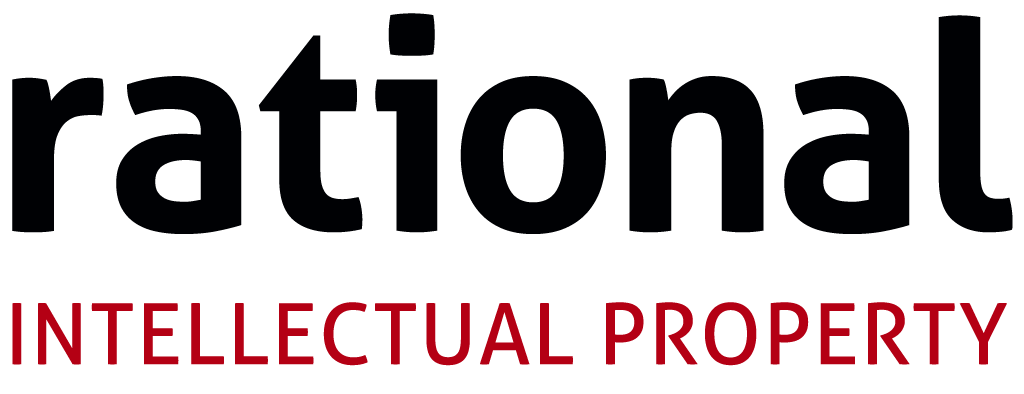The following is part one of a chapter written by Gerard Chandrahasen for the latest edition of the Innovation Handbook published by the Intellectual Property Office and the Technology Strategy Board
Start-ups need to be careful in allocating their resources. An ill-advised investment in intellectual property at too early a stage in business development can undermine success.
However, intelligent allocation of resources into intellectual property can be immensely remunerative.
Technology start-ups have three core areas of value: i) people, ii) product, and iii) IP. Generally, to grow quickly tech start-ups must access investment. This can come in the form of a “friends & family” round, an angel round, or, later, a VC round. Of course, some fortunate start-ups can self-fund their expansion using revenue. For the rest, investment in intellectual property should be based in an effort to attract and secure investment.
Investors are interested in the addressable market for your product or service. A large or profitable market is generally necessary before investors will commit to a funding round. The corollary of this is that investors are interested in the competition for that market, and consequently, of any barriers to entry to that market for competitors.
Intellectual property can form a barrier to entry because it provides a monopoly right that can be used to prevent others from copying your brand (in the case of trade marks), your designs (in the case of copyright and registered design), and your ideas (in the case of patents).
Return shortly for the next installment which will describe how to maximise the value from intellectual property.

